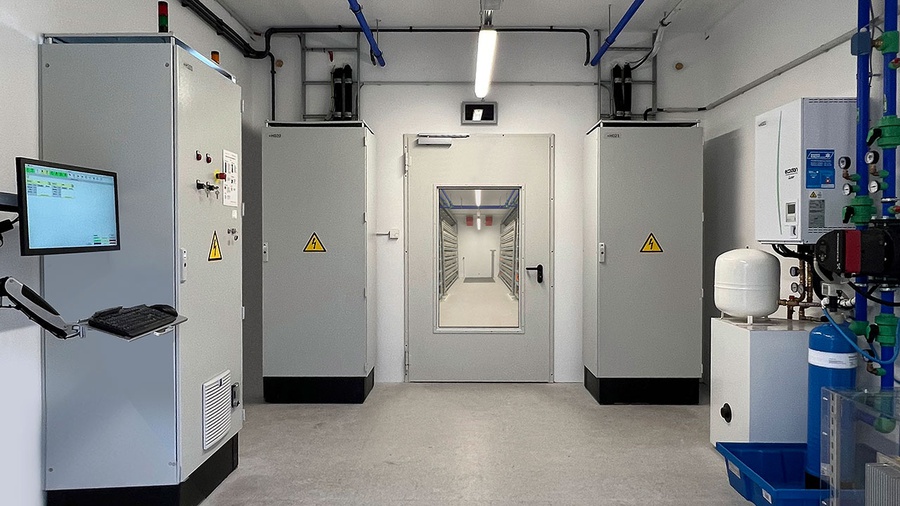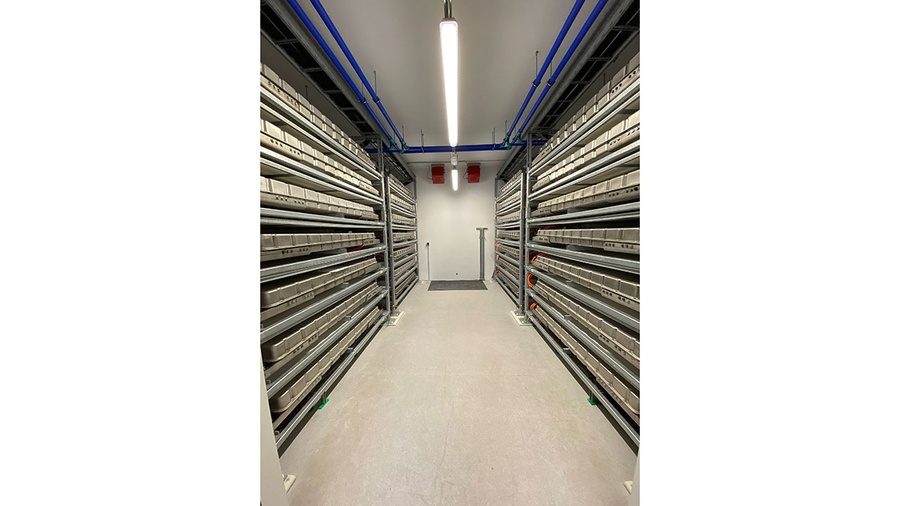The stationary energy storage unit has a total capacity of more than 500 kWh. It consists of 28 second-life battery systems from the Mercedes-Benz eCitaro. Every eCitaro city bus is equipped with NMC battery packs, which are now, for the first time, being given a second life in a stationary energy storage unit as part of the GUW+ pilot project in Hanover, once their vehicle-specific range limit has been reached.
The rectifier substation in Hanover powers Üstra's light rail and electric buses and is connected to the public power grid. The energy storage unit serves as a buffer, allowing recuperated energy to be used efficiently for light rail. By storing energy in this way, it is possible to balance load peaks and ensure smooth, continued operation in the event of a grid failure.
The stationary storage solution of this pilot project can also be adapted as necessary for other applications and scaled accordingly. Further added value: Finding a second life for these batteries as stationary energy storage units reduces the life-cycle costs of the eCitaro. At the same time, using Üstra's existing infrastructure, consisting of buildings, grid connection, and power electronics, has a positive effect on investment costs and allows for additional amortization options.
The batteries in Üstra’s stationary battery storage pilot project currently come from pre-series eCitaro city buses used by Daimler Buses to conduct test drives of thousands of kilometers. In the future, the stationary energy storage unit can be expanded with batteries swapped out from the 49 all-electric eCitaro rigid and articulated buses currently run by Üstra.
Daimler proposes to install retired Mercedes-Benz eCitaro batteries into energy storage units after five to six years of usage. By this time, the battery capacity drops to around 80 percent of its original capacity due to degradation.
Üstra's 49 eCitaro electric city buses have been put into operation gradually since 2020, with 490 batteries expected to be integrated into the second-life storage solution starting in 2026. This would enable Üstra to completely cover its energy needs with its own batteries in stationary second-life operation, thus boosting its profitability.
Source: Daimler Truck



